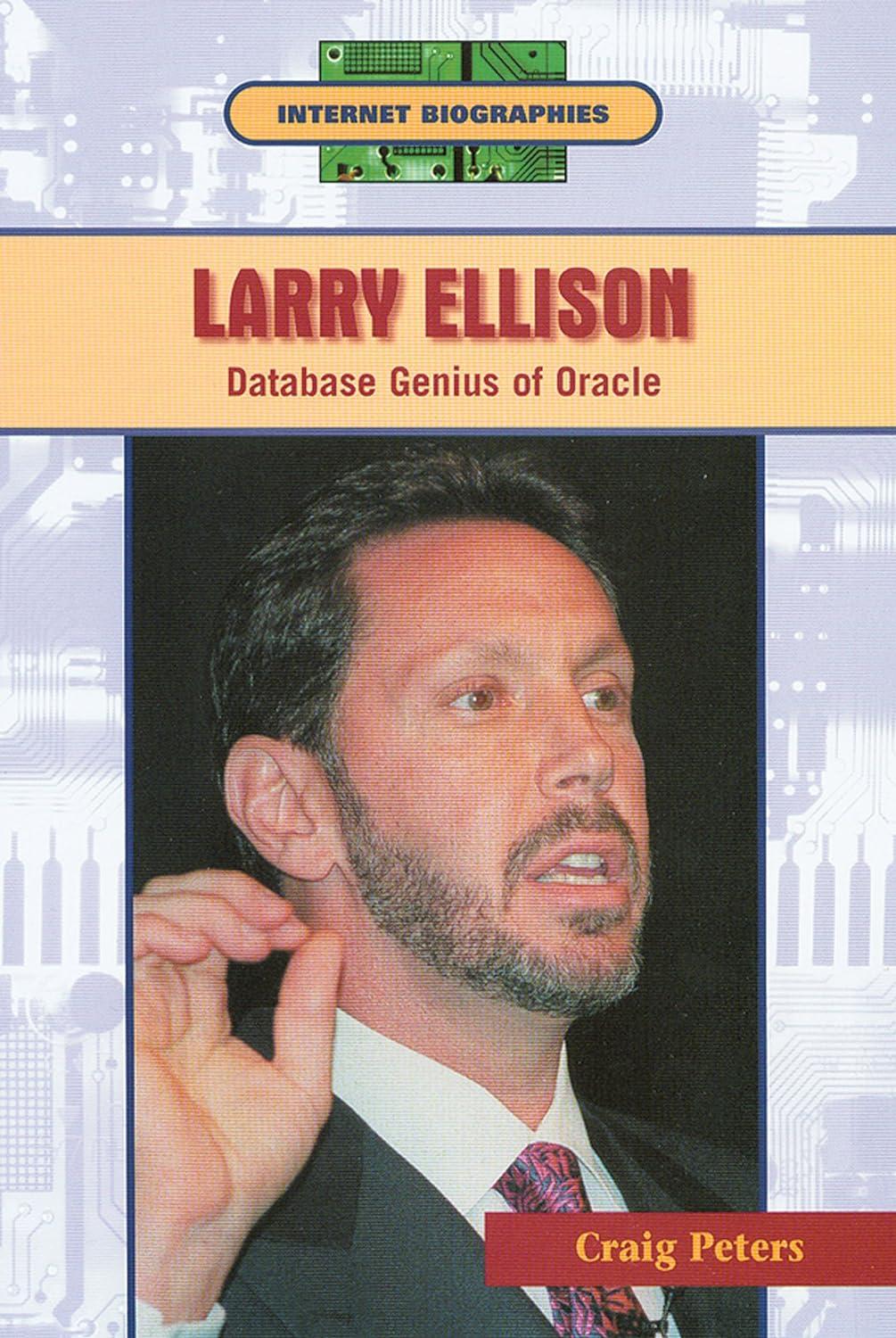exercises For the Caldera user story (replicated at the end) that you worked on in the previous class activity it is necessary for it to integrate with some timing entity because one of its main functions is to change the temperature of the thermostat based on a calendar/time schedule. This functionality can be performed by communicating periodically with a Clock object and checking to see if a temperature change is scheduled for that particular time. Below is a high-level class diagram of the Caldera Controller and its relation to a Thermostat. setMode(mode) setLowTemp(temp) setHighTemp(temp) mode lowTemp highTemp Schedule [day, time, high|low] Caldera Controller setTemperature(temp) temperature Thermostat sets * 1 1. Add to the diagram a Clock Class and its association with the rest of the system. Include a label and quantity for the association. For the Clock class include the attributes and operators. 2. For the Normal mode of operation create a sequence diagram that captures the interactions and messaging among the three Objects (Caldera Controller, Thermostat, and Clock). Make certain to use the appropriate sequence diagram interaction fragments (i.e. loops, alt, etc.) and correct message types (asynchronous, synchronous.) Note: The details of comparing the time returned from the Clock to the schedule need not be captured. A Boolean that is checked if a temperature change required should suffice for example the use of an OPT [temperatureChange] fragmentation would suffice. 3. For the Thermostat create a state diagram that captures the thermostats behaviour. 4. For the Caldera Controller create a state diagram that captures the changes in the mode of operation of the controller. Include some internal transition actions that could occur when in those states.
Exercises For the Caldera user story (replicated at the end) that you worked on in the previous class activity it is necessary for it to integrate with some timing entity because one of its main functions is to change the temperature of the thermostat based on a calendar/time schedule. This functionality can be performed by communicating periodically with a Clock object and checking to see if a temperature change is scheduled for that particular time. Below is a high-level class diagram of the Caldera Controller and its relation to a Thermostat. Thermostat temperature set Temperature temp) Caldera Controller mode low Temp highTemp Schedule [day, time, high low] set Mode/mode) setlowTemp/templ set HighTemp/temp) 1. Add to the diagram a Clock Class and its association with the rest of the system. Include a label and quantity for the association. For the Clock class include the attributes and operators. 2. For the Normal mode of operation create a sequence diagram that captures the interactions and messaging among the three Objects (Caldera Controller, Thermostat, and Clock). Make certain to use the appropriate sequence diagram interaction fragments (i.e. loops, alt, etc.) and correct message types (asynchronous, synchronous.) Note: The details of comparing the time returned from the Clock to the schedule need not be captured. A Boolean that is checked if a temperature change required should suffice for example the use of an OPT temperatureChange fragmentation would suffice. 3. For the Thermostat create a state diagram that captures the thermostats behaviour. 4. For the Caldera Controller create a state diagram that captures the changes in the mode of operation of the controller. Include some internal transition actions that could occur when in those states. Exercises For the Caldera user story (replicated at the end) that you worked on in the previous class activity it is necessary for it to integrate with some timing entity because one of its main functions is to change the temperature of the thermostat based on a calendar/time schedule. This functionality can be performed by communicating periodically with a Clock object and checking to see if a temperature change is scheduled for that particular time. Below is a high-level class diagram of the Caldera Controller and its relation to a Thermostat. Thermostat temperature set Temperature temp) Caldera Controller mode low Temp highTemp Schedule [day, time, high low] set Mode/mode) setlowTemp/templ set HighTemp/temp) 1. Add to the diagram a Clock Class and its association with the rest of the system. Include a label and quantity for the association. For the Clock class include the attributes and operators. 2. For the Normal mode of operation create a sequence diagram that captures the interactions and messaging among the three Objects (Caldera Controller, Thermostat, and Clock). Make certain to use the appropriate sequence diagram interaction fragments (i.e. loops, alt, etc.) and correct message types (asynchronous, synchronous.) Note: The details of comparing the time returned from the Clock to the schedule need not be captured. A Boolean that is checked if a temperature change required should suffice for example the use of an OPT temperatureChange fragmentation would suffice. 3. For the Thermostat create a state diagram that captures the thermostats behaviour. 4. For the Caldera Controller create a state diagram that captures the changes in the mode of operation of the controller. Include some internal transition actions that could occur when in those states







